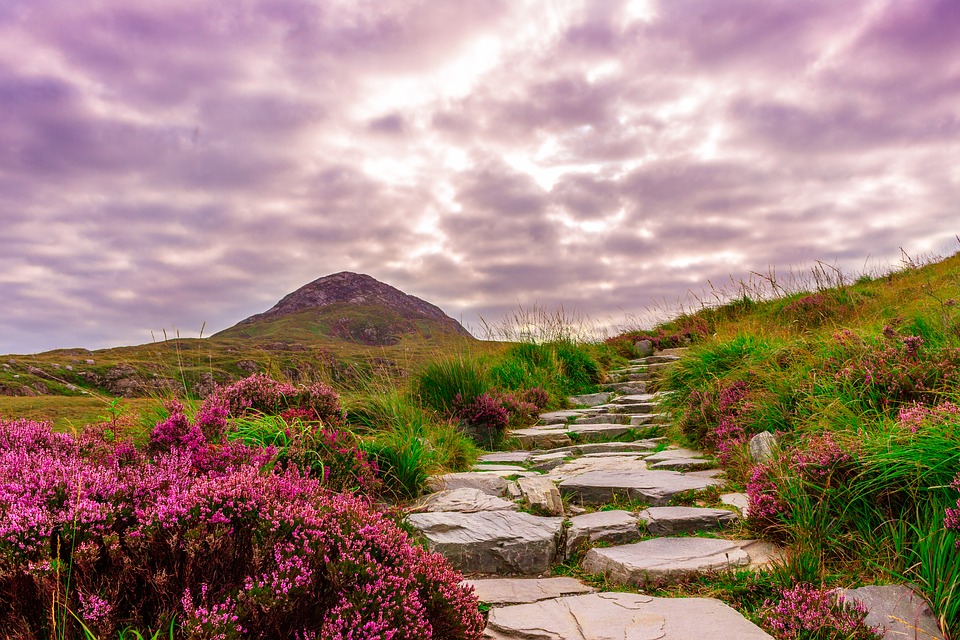We’ve all watched those on TV who are stranded on an island or placed in a rainforest, with no essentials, and only the surrounding nature to help them survive. It can seem trying and difficult, however, to some it sounds exciting and a challenge they’d love to undergo. However, what do you do if the situation arose? How would you even start to prepare for such survival needs? Stealth is needed, and so is knowledge. If you’re lucky enough to have brought a few bits and pieces such as binoculars, a tripod and smartphone, then your survival rate will have increased. Here’s how you could survive in the wilderness.
Find the Essentials
You may have brought a couple of bottles of water and a few packets of food, however, this will only last you so long, especially if you’re planning on staying for a while. Therefore, you will need to locate a watering hole (make sure it’s drinkable), find a place for shelter, and explore the local wildlife. Collect branches, leaves and anything else that looks flammable, and start a fire before it gets dark. Keep an eye on the flames, and keep them from spreading.
Build a Shelter
Firstly, you need to find an ideal location. Not only will this be your base, but it will also become your home depending on how long you decide to stay out here. Therefore, ensure it is close to water, food and materials. Also, ensure there is a tree stump or a tree with a low crook that you can lodge a branch or place one in. You need to be able to design a shelter, however, this can be incredibly tricky. Ideally, you’ll want to practice building a shelter before you enter the wilderness, or, at least, study the practice online. You need to remember that it isn’t going to be the most comfortable of places, but it does need to protect you from the weather and any wildlife that may be dangerous. If you’re going somewhere wet, then bring a waterproof tarp.
Smartphone Record
If you’ve brought some essentials, or you’re wondering what you should bring, then packing binoculars, a tripod and any digiscoping equipment would be ideal. Companies such as Phone Skope can offer everything you think you might need. Not only does this allow you to look for prey, but it is also great for taking photos which you could look back on at a later date.
First Aid
You can either bring your own first aid kit or make use of the natural materials surrounding you. Make sure that you address any injuries as soon as they occur – even if it’s a small scratch. You want to keep wound clean, regardless of size, and you will want to keep them covered. Clean with fresh water, however, if you’re near the coast, sea water can be just as beneficial. Again, if there is a coastline, plasters made from seaweed can holster lots of healing properties. Simply wrap it around your wound, and it’ll shrink as it dries, creating a snug fit.

